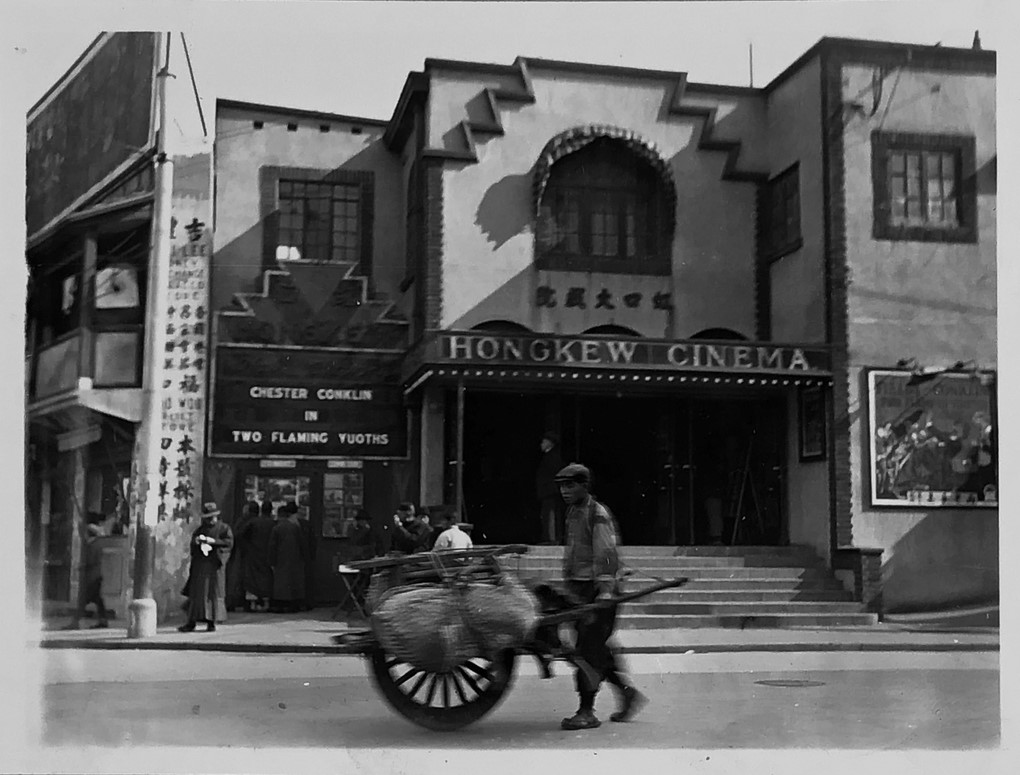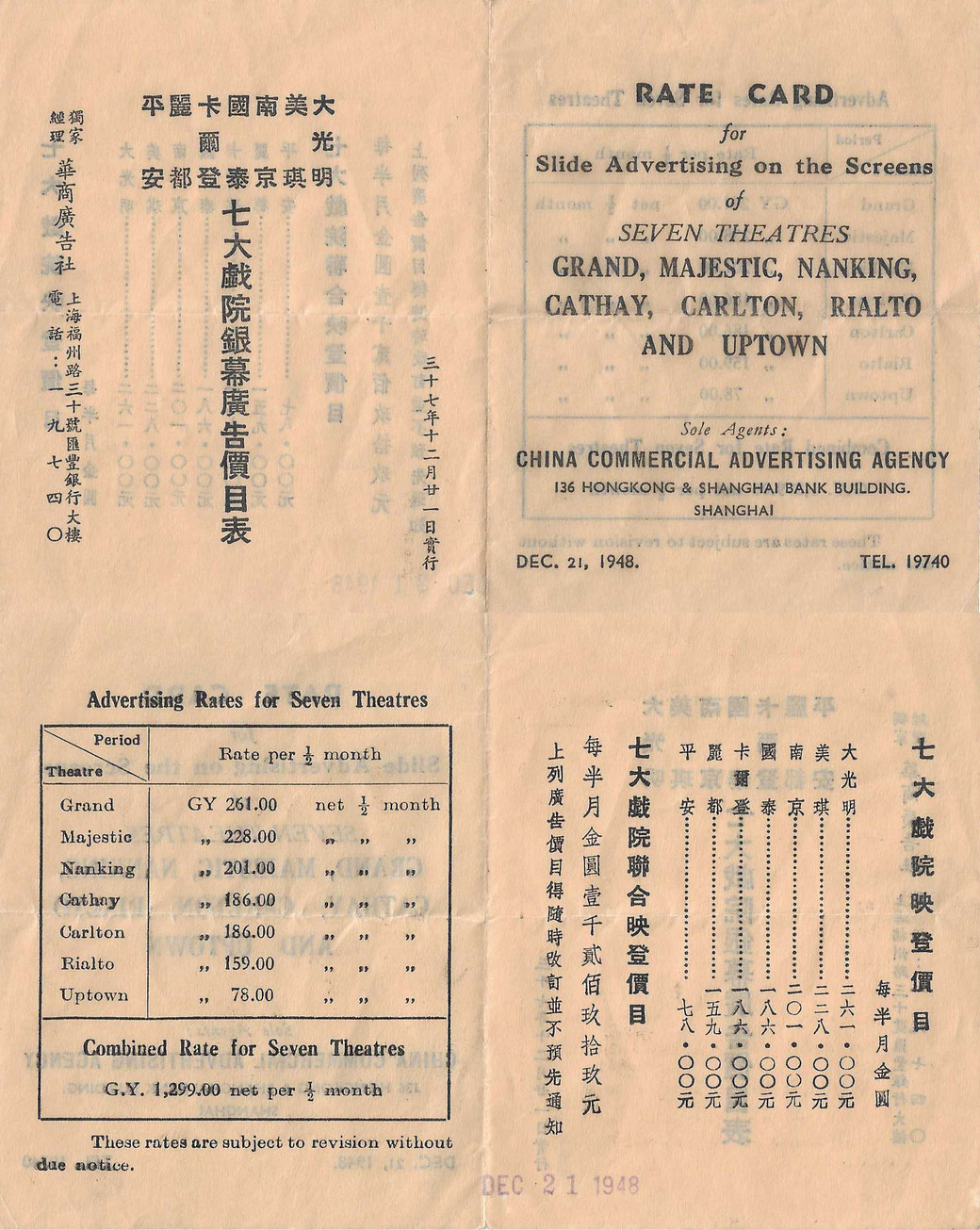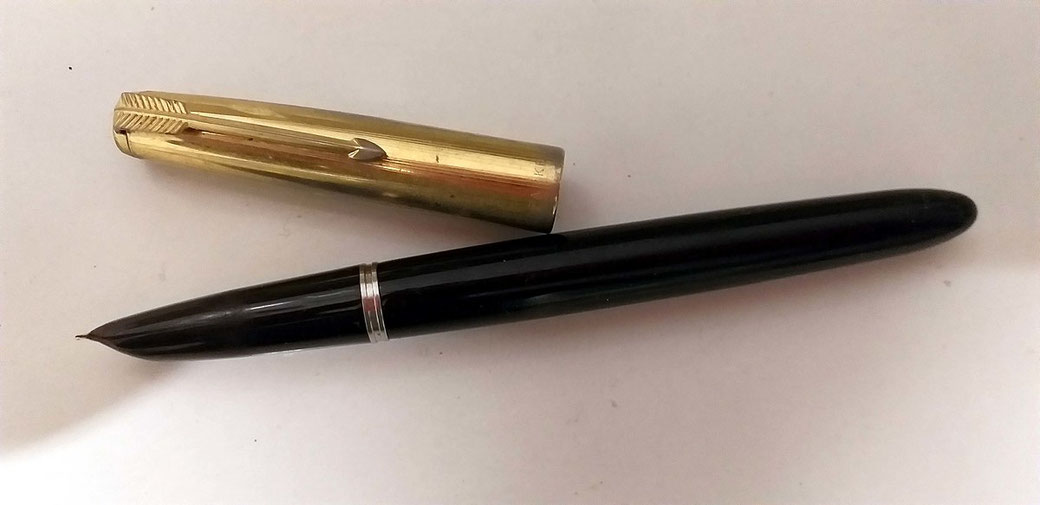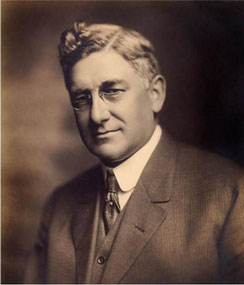

This 1940s advertising slide from our collection reminds us that pre-roll ads have existed for over 120 years, but also tells the incredible story of how a Western brand once helped normalize diplomatic relations with China.
The first to present projected moving pictures to a paying audience were the Lumière brothers in December 1895 in Paris, France. They used a device of their own making, the Cinématographe, and the first ever created film titled “Workers Leaving the Lumiere Factory” can be watched below.

Already one year later this groundbreaking technology, creating an enticing new form of entertainment, reached Qing Dynasty China: The very first film screening in China most likely occurred on 30 June 1896 at the teahouse of Shanghai’s Xu Garden.
An advertisement in China's leading newspaper, the Shenbao, on the previous day mentions a "French Western movie", however it seems this film was only one “act” on a variety show bill.

It was one year later on September 8th 1897, that the first reported real large public viewing of movies took place at the old Lyceum Theatre in Shanghai.
These early films were 17 meters long, which, when hand cranked through a projector, ran approximately 50 seconds. It therefore comes as no surprise that on that September evening in Shanghai, altogether 25 different films were shown.
The program included a screening of the Queen’s Jubilee procession, during which the mesmerized audience rose and broke out singing the English national anthem, as well as comedy skits such as the “Nurse Maid”, the “Lightning Artist”, the “Haunted Castle” and “A Troubled Dream”.

Over the next 10 years such temporary public viewings of films in the theaters, tea houses and gardens of Shanghai were organized with increasing frequency to the delight of both the Chinese and foreign population.
It was not until 1907 however, that the first real cinema of China was opened by Spanish film pioneer Antonio Ramos Espejo.


An article from May 16 1907 in the leading Chinese newspaper, the Shun Pao, confirms the construction of a “Westerner’s film house” on Chapoo Road (乍浦路) in the International Settlement of Shanghai.
This would become what was initially known as Espejo's “Colon Cinematograph” on 112 Chapoo Rd. with a 250-seat capacity and what in 1919 was renamed to the “Hongkew Cinema”.
One of the first movies shown, based on an advertisement in the North-China Daily News, was “Napoleon Bonaparte” on August 21 1907.

By that time films were already around 15 minutes long, which was the length of one reel, and hence still several of them were shown during one night.
To fill the time while the operator changed reels on the cinematograph, a slide projector called a “Magic Lantern” was used to project various still images onto the screen, including advertisements such as the one from our collection.

These interludes were often accompanied by a piano player for sing-alone songs or even an entire choir. By the 1920s the Magic Lantern technology was further refined with so called Brenographs, which could project song lyrics dissolving from one verse to the next, animated advertisements and hundreds of other special effects.


Our particular glass slide, created and booked by the Solon Advertising Service agency (沙龙广告公司), lists and shows the Parker 51 pen, which was only introduced in 1941 and thus dates the advertisement most likely to the period after WWII between late 1945 and 1949.
Interestingly, US General Douglas MacArthur actually signed the Japanese surrender with a Parker Duofold pen on 2 September 1945, after which all of China was liberated. International trade and with that, foreign advertisements, resumed in the country and flourished up to the Communist Revolution, when Western companies left China and would not return until the market reforms of the late 1970s.


China’s opening up and the re-establishment of diplomatic, and eventually commercial, relations with the West go back to US President Richard Nixon’s instrumental visit to China in 1972.
A forgotten and underreported fact is that Parker pens once again played a crucial role in this diplomatic overture. To understand how, first a bit of history on the famous pen manufacturer:


The Parker Pen Company was established in 1888 in Janesville, USA and from the 1920s to the 1960s, was either number one or two in worldwide writing instrument sales. In 1894 its founder George Safford Parker received a patent on his "Lucky Curve" fountain pen feed, which drew excess ink back into the pen barrel when the pen was not in use.
The company's first successful pen, released in 1899, was the Parker Jointless which was soon sold not only in the USA but across the world.

Just around the time when Antonio Ramos Espejo was in the process of planning China’s first cinema, also the first advertisement for Parker pens in Shanghai was published by the Presbyterian Mission Press in 1906.
After WWI and during the commercial boom of the 1920s, Parker solidified its China distribution strategy in 1924, first appointing the Commercial Press as sales agents, and then in 1927 Dodge & Seymour and Market & Co for selling to the Western and Chinese target audiences respectively.

Managed by Chinese marketing pioneer C.P. Ling and his China Commercial Advertising Agency (C.C.A.A.), Parker, translated as Pàikè (派克) in Chinese, became a frequent advertiser in the newspapers and magazines of China and soon succeeded in overtaking competing manufacturers such as the Wahl-Eversharp Pen Co.
A visit to Shanghai in March 1937 by Kenneth Parker, President of the Parker Co and son of George Parker, proved what importance the market had reached for the company.

The news article covering Mr. Parkers trip to China, reported that in 1937 approximately 39 million Parker pens were in circulation, out of which 25% were sold in the Far East.
Not surprisingly, by the 1940s Parker had made itself the most popular international pen brand in China with its reputation-winning gold nib pens.


After the Communist Revolution in 1949 the company was forced to withdraw from the Mainland, but its pens continued to be a highly sought-after product, although with only few pieces leaking into the market through gray channels from its Hong Kong subsidiary.
This all changed during the pivotal visit of Nixon to China in 1972. That year, Parker produced five exclusive Parker 75 fountain pens entirely from titanium, with the exception of a special plate mounted to the barrel. To distinguish these pens from all others, moon dust collected by Apollo 15 astronauts David Scott and James Irwin was mixed with powdered gold to mint the attached panels.

President Nixon received three of these pens, kept one for himself and took the other two on his historic trip to China, where he presented one to Yao Wen-yuan, Municipal Representative of the City of Shanghai, and the second one to Nan P'ing, the Chairman of Chekiang Provincial Revolutionary Committee.
It is thus no understatement to say that Parker pens helped pave the way for normalized relations between the USA and the People's Republic of China.
A contribution that was not forgotten by the Chinese side and for which Parker was soon rewarded: As one of the first, if not the first, Western brand, Parker established a joint-venture with the Shanghai Hero Pen Factory and began local production in China as early as July 1979.















































Write a comment
Kjirsten Blander (Thursday, 17 August 2023 09:21)
My mom worked at Parker Pen after graduating from Janesville High School in 1954, and she was both a Parker Penette and a flight attendant on the corporate plane in the early 1960s. She'd tell us about how someone in Asia (I think she said Japan, but it could have been China) placed a large order for only the distinctive Parker Pen caps because Parker was a prestigious brand and owning a Parker Pen was a sign of literacy. Literacy was still growing, but the desire for prestige--earned or not--has been a human trait forever!